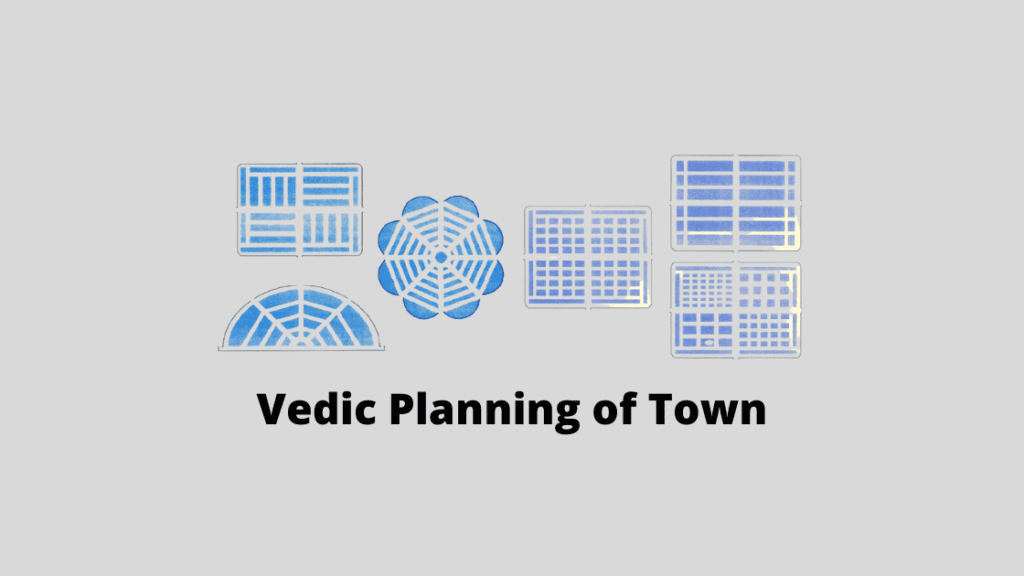Why You Should Use AAC Blocks in the Construction?

The Autoclaved Aerated Concrete (AAC) material was first developed in Sweden in 1924. It has become one of the widely used building materials in Europe and is quickly growing in different nations all over the world.
AAC is manufactured from common materials like lime, cement, sand, and water, and a modest quantity of the rising agent. After the mixing and molding of the material are done, it is then autoclaved under pressure and heat to make its unique properties. AAC has superb thermal insulation and acoustic retention properties. AAC is fire and vermin safe and is environmentally as well as economically better than the more conventional structural materials like cement, wood, block, and stone.
AAC Blocks are an exceptional kind of building material because of their heat, fire, and sound resistance, AAC blocks are lightweight and offer extreme workability, adaptability, and durability. Its essential components include sand, cement, concrete, water, quicklime, and, gypsum. The chemical reaction because of the aluminum paste gives AAC its unique porous structure, lightness, and insulation properties, which are uniquely contrasted with other lightweight concrete materials.
While blending and casting AAC in structure, some compounds react to produce lightness in AAC (20% heaviness of cement) and heat properties. Aluminum powder reacts with water and calcium hydroxide to flame hydrogen. The hydrogen gas froths and duplicates the volume of the rough mix making gas ascend to 3mm (⅛ inch) in distance across. Around the end of the foaming technique, the hydrogen escapes out of the air and is superseded utilizing air.
Advantages of AAC blocks
Fire Resistant
Due to the thickness, AAC is impervious to fire from 2 to 6 hours. These blocks are profoundly appropriate for the areas where fire security is of incredible need.
Lightweight
Probably the greatest component of AAC blocks is their lightweight. These blocks have a cellular structure made during the manufacturing process. Numerous tiny air cells bestow AAC impedes exceptionally lightweight structure.
Pest Resistant
Autoclaved Aerated Concrete (AAC) Block comprises the inorganic material in the constitution that helps avoid/ preventing from termites, damages, or misfortunes.
Non-toxic
Autoclaved Aerated Concrete (AAC) items contain no poisonous gas substances. The product doesn’t hold onto or encourage vermin.
Sound Proof
The permeable design of the AAC blocks results in improved sound absorption. The Sound Transmission Class (STC) rating of the AAC blocks is about 45 dB. Thus, AAC blocks are used for the construction of walls in the auditorium, hospitals, hotels, studios, etc.
Long-Lasting
AAC blocks are profoundly superior in strength. Higher-strength of these blocks gives higher security to the construction of the structure. AAC is prepared from non-biodegradable materials, that do not decay and, keep the interiors perfect and durable.
Cost Saving
AAC block weighs nearly around 80% less when contrasted with the traditional red brick thus resulting in an extraordinary decrease in dead weight. Further, the reduced deadweight results in a decrease in the utilization of concrete and steel which helps in cost savings.
Earthquake Resistant
The lightweight property of the AAC blocks results in higher dauntlessness of the AAC blocks in the construction of the buildings. The effect of earthquake is directly proportional to the heaviness of the building, and the buildings built with AAC is more tough and secure.
Versatile
AAC Blocks have an appealing appearance and are promptly versatile or adaptable to any style of design. AAC can be worked on any type of plan.
Perfect Size and Shape
Steady and consistent dimensions are ensured by the manufacturing of AAC Blocks. A Uniform base for economical applications of a variety of finishing systems is provided by factory-finished blocks. Direct P.O.P. can be used to finish the internal walls and thus eliminate the need for plaster.
Thermal Insulation
AAC block has extraordinary thermal insulating characteristics. The thermal conductivity of the AAC blocks helps keep up with the internal temperature to be warm during the winters and cool during the summers which at last prompts saving in air conditioning load and thus upgraded energy proficiency.
High Resistance to Water Penetration
The AAC products, in light of their cell and irregular micro design, are better than the ordinary clay block in resisting water penetrability, and accordingly, the outer surface of AAC walls gives better resistance to moisture penetration than the conventional clay blocks.
Moisture Resistance
Moisture from both internal and external sources can harm the structures, thus, moisture resistance is an essential consideration.
Moisture from external sources includes rain, precipitation, and water from the soil. While moisture from internal sources including humidity can cause condensation on the wall surface as well as inside the wall.
AAC has an extremely permeable design which is characterized by “macro” pores. Macro pores are little air bubbles uniformly dispersed all through the material. Subsequently, absorption of water into the AAC material is insignificant.
Faster Construction
As the AAC block is extremely simple to handle, control and utilize standard instruments for cutting the wood, for example, the drill, band saws, and so on, could be effortlessly used to cut and adjust the AAC. Additionally, the AAC blocks accompany bigger sizes and fewer joints. This finally results in quicker construction work as the installation time is altogether diminished because of a smaller number of blocks and the masonry involved is likewise lowered resulting in decreased time to wrap up.
Environment Friendly
AAC is a non-poisonous item that doesn’t contaminate the air, land, or water. During the manufacturing, waste from the cutting process is reused back with raw substances and utilized again. During development, there is essentially no waste created. The energy consumed in the creation is just a portion contrasted with the development of different materials. The manufacturing process emanates no toxins and makes no by-products or toxic waste material items. AAC is made from natural raw substances. The completed item is threefold the volume of the raw substances utilized, making it resource-efficient and harmless to the ecosystem.
High Compressive Strength
The block has a typical compressive strength of (3-4.5) N/mm³ which is better than most sorts of lightweight blocks, 25% stronger than different products of a similar density.
In Summary
Autoclaved Aerated Concrete (AAC) is a lightweight, load-bearing, high-insulating, durable structure product, which is created in a wide range of sizes and strengths. AAC Blocks are lightweight and contrast with the red blocks AAC blocks are three times lighter. Subsequently, they are profoundly utilized in constructions.

Fire Norms Documented in National Building Code (NBC)
The Autoclaved Aerated Concrete (AAC) material was first developed in Sweden in 1924. It has become one of the widely...
India’s Real Estate Transparency Ranking on A Steady Rise
The Autoclaved Aerated Concrete (AAC) material was first developed in Sweden in 1924. It has become one of the widely...
40 Real Estate Terms Every Investor Should Know
The Autoclaved Aerated Concrete (AAC) material was first developed in Sweden in 1924. It has become one of the widely...
What is CERSAI (Central Registry of Securitisation Asset Reconstruction and Security Interest of India)?
The Autoclaved Aerated Concrete (AAC) material was first developed in Sweden in 1924. It has become one of the widely...
What is Travel Demand Modeling?
The Autoclaved Aerated Concrete (AAC) material was first developed in Sweden in 1924. It has become one of the widely...
What are CPM and PERT?
The Autoclaved Aerated Concrete (AAC) material was first developed in Sweden in 1924. It has become one of the widely...
Overview of Vedic Town Planning
The Autoclaved Aerated Concrete (AAC) material was first developed in Sweden in 1924. It has become one of the widely...

















